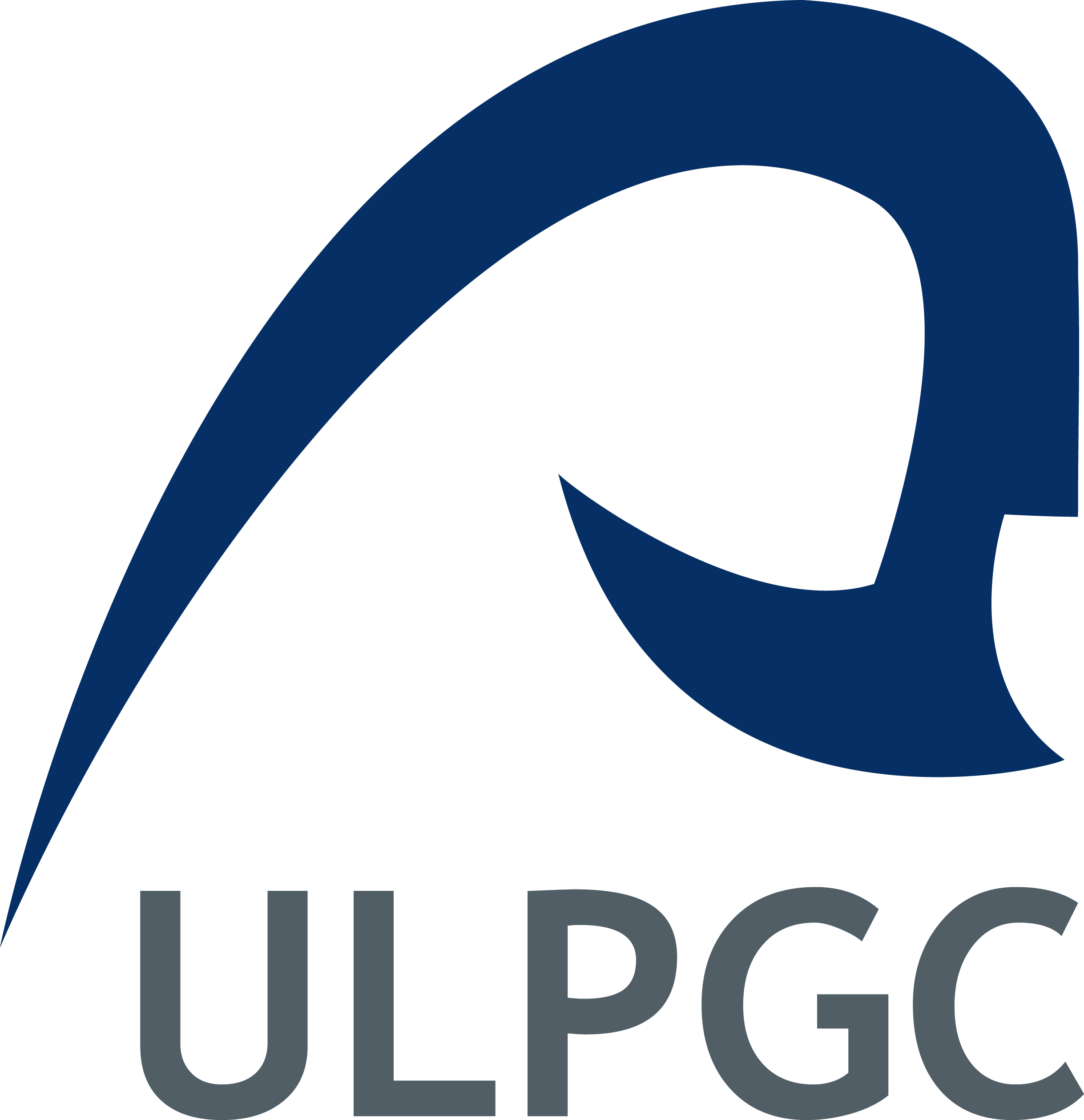Ph.D. Program in Oceanography and Global Change at the Canary Islands, Spain
A great effort to sample the global ocean has been carried out since the 1990s within the WOCE and GO-SHIP programs. As a result, several zonal and meridional transoceanic hydrographic sections are available, with repetitions each 5-10 years. This data set enabled the computation of a global ocean linear inverse box model for the 1990's (Ganachaud, 1999; Ganachaud and Wunsch, 2000).
In this thesis, large-scale Atlantic ocean circulation will be estimated by applying a linear box inverse model, combining different transoceanic sections carried out in the 1990's, 2000's and 2010's at different latitudes. The same model will be applied to each decade, so that differences in the model solution are only attributable to changes in circulation. The inverse model is constructed dividing the water column in layers comprised by isoneutral surfaces. The circulation is geostrophic, with an Ekman component on the surface layer, and near-mass conservation is imposed for each individual layer and for the whole water column in each box. Several regional transport constraints will be applied to each section in specific longitudes and depths, as well. The model solution will be consistent for the whole basin, enabling to compute mass, heat and freshwater fluxes for the Atlantic ocean.
Next steps will include the computation of a similar model for the Indo-Pacific ocean, the Southern Ocean, and, finally, the global ocean.




